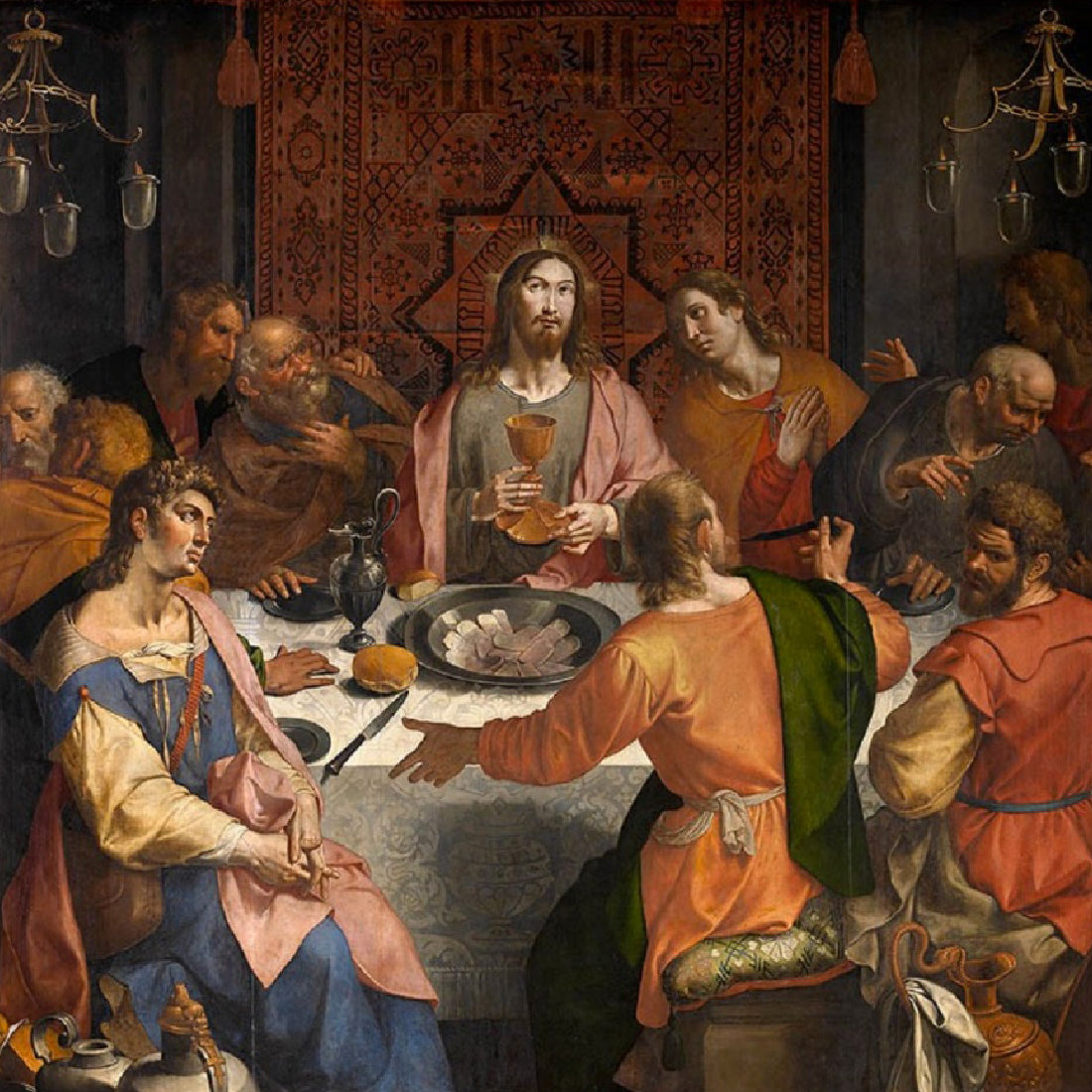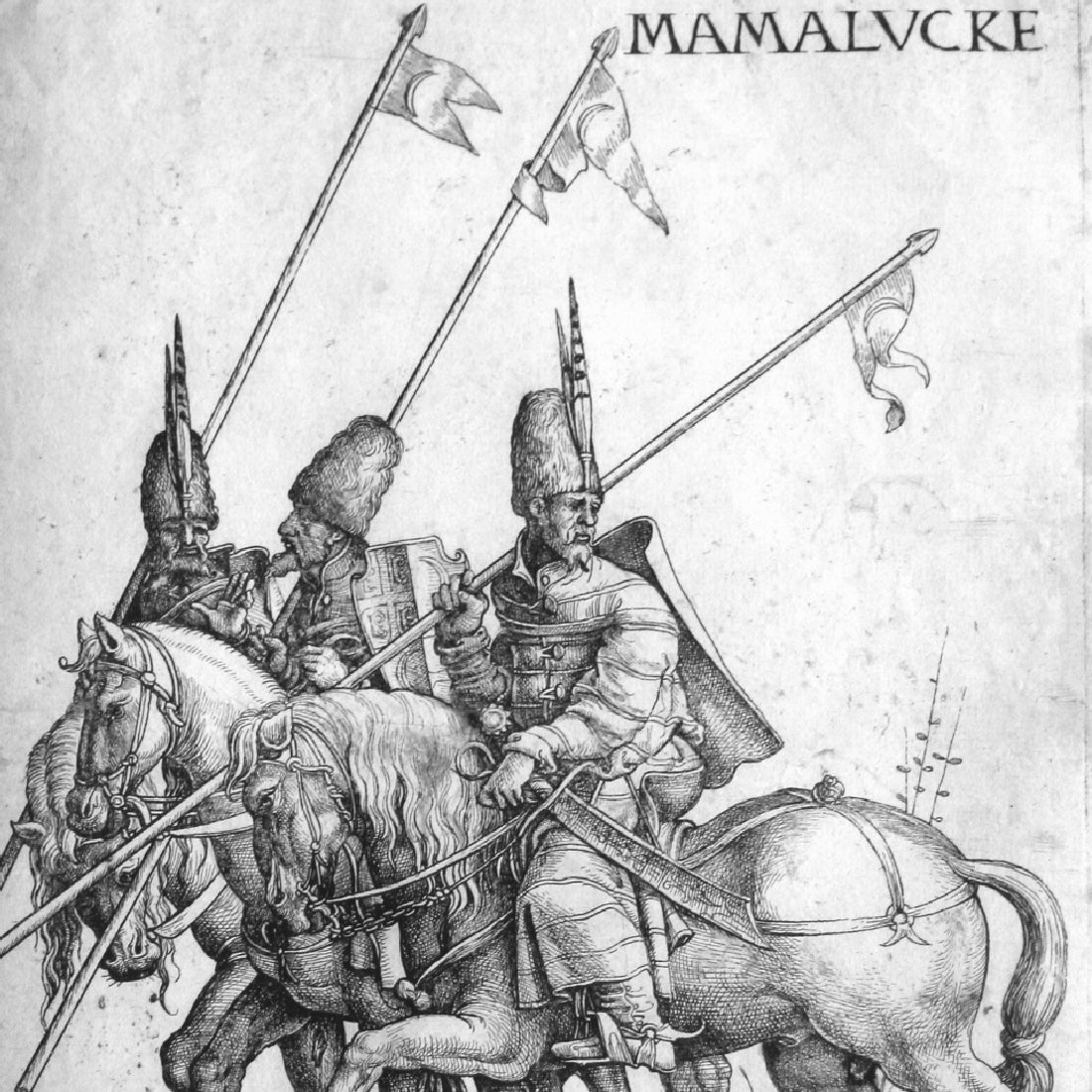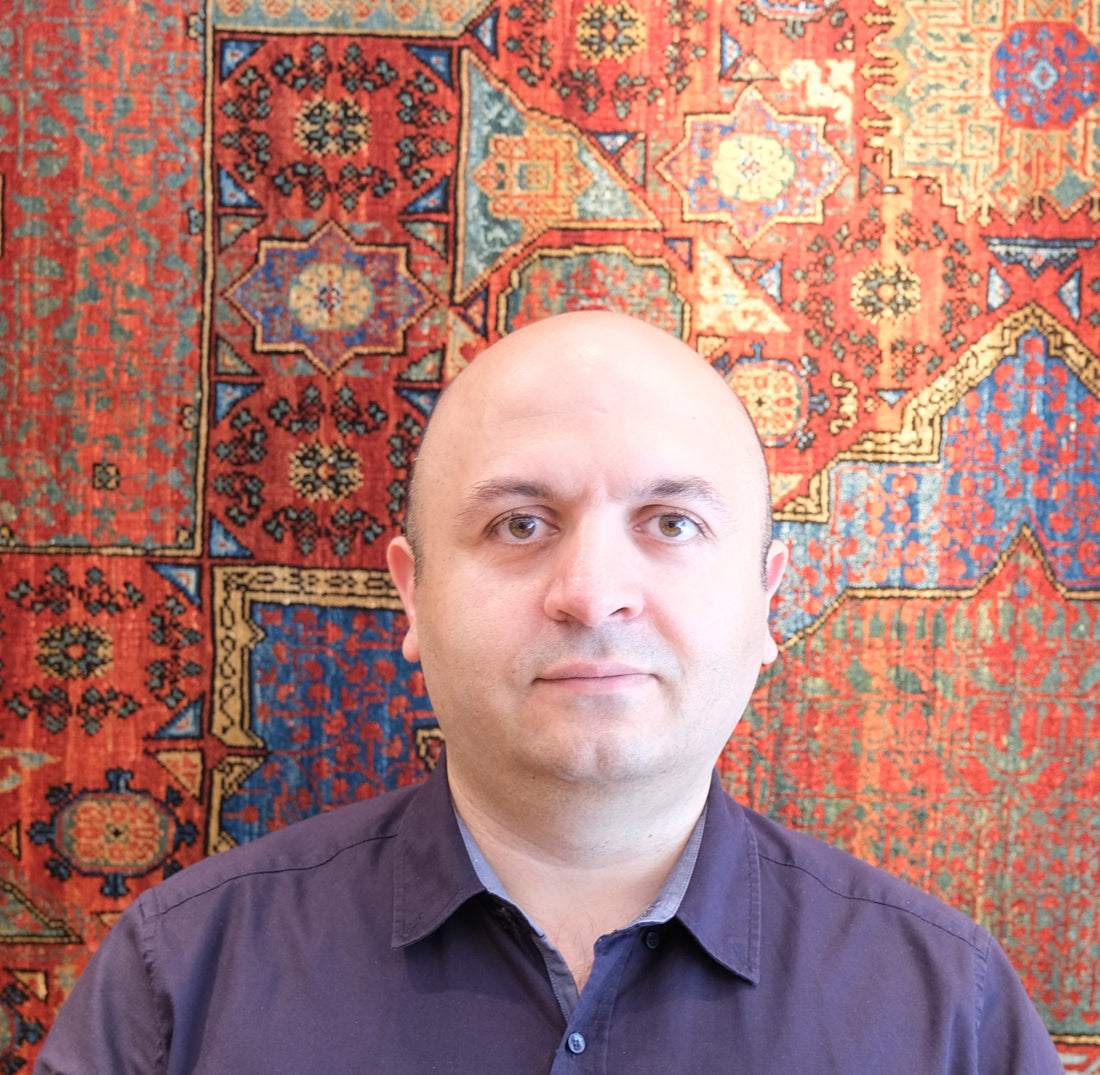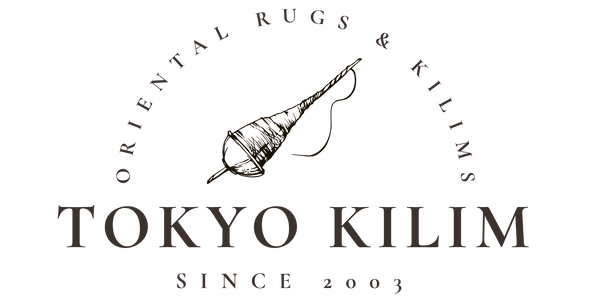Returns
 Photoefgdfgdfrgdeg
PhotoefgdfgdfrgdegOriental Rugs
The meeting of human labor with what nature offers us turns into art. The materials used in our carpets are carefully selected from various geographies, and the magnificent oriental rugs from the past to the present come to life on woven- looms.
We bring you the history of oriental carpets, the stories behind them, and the unique differences or common points between them, which fascinate us all.
We are happy to present our hospitality, which our culture has taught us and experienced from generation to generation, accompanied by magnificent works of art. We place you in the center of the past and the future.
We are happy to present our hospitality, which our culture has taught us and experienced from generation to generation, accompanied by magnificent works of art. We place you in the center of the past and the future.
 Photo
PhotoOriental Rugs
The meeting of human labor with what nature offers us turns into art. The materials used in our carpets are carefully selected from various geographies, and the magnificent oriental rugs from the past to the present come to life on woven- looms.
We bring you the history of oriental carpets, the stories behind them, and the unique differences or common points between them, which fascinate us all.
We are happy to present our hospitality, which our culture has taught us and experienced from generation to generation, accompanied by magnificent works of art. We place you in the center of the past and the future.
We are happy to present our hospitality, which our culture has taught us and experienced from generation to generation, accompanied by magnificent works of art. We place you in the center of the past and the future.
ISLAMIC RUGS FAMILY
Mamluk
The Renaissance of Islamic Art. From the time of the Prophet Muhammad until today, Islam has represented a way of life, an all-encompassing approach to life itself. The era’s dedication to the philosophy and message of Islam is mirrored in its art, which is predominantly ordered, symmetrical, and geometric in conception and execution.
 Photo
PhotoMessage from the President
A message from the president about ARARAT's mission and vision;
The Oriental rug market was mainly based in Europe and the US, and most of the oriental rug production was to meet the demands of the Western market. But what about Eastern markets?
Since we started the oriental rug business in Japan, my viewpoint on rug production has changed. Unlike other modern countries where mechanization has wiped out artisans, Japan, through ups and downs, has managed to pass down the centuries-old unique handicraft culture from generation to generation; preserving traditional techniques continues today while incorporating materials and designs in line with modern times.
Kimono is quite a good example; some workshops in Kyoto, such as Kawashima Orimono, were established more than 200 years ago and still thrive today.When my father went to Germany for his Ph.D. work at Bochum University, he realized that the rugs and kilims he surrounded in his childhood were an art for Westerners. But it was just daily use materials for him.Like my father in Germany, having spent nearly half of my life in Japan and learning its culture, I have realized that there is a greater meaning in what we do. We are keeping the art of handcrafted rug-making alive in an ever-growing mass production and consumption era.With about 80%-90% of the world’s oriental carpet production moving to countries such as India, Nepal, Pakistan, and Bangladesh, the demand for niche hand-woven carpets in Anatolia has increased.With the decrease in carpet weaving ateliers and weavers in Anatolia, Ararat Rugs has become one of the rare manufacturers in the region.As we mainly produce oversized and custom-made carpets, we could produce more classical ones than we planned, even in the market that shrank during the Covid period. This stock enabled us to survive and continue producing new orders.Unfortunately, after the big earthquake in southeastern Anatolia in 2023, weaving ateliers and weavers decreased over time. From 2024 onwards, our new Mission is to establish new workshops and encourage and train young people to become weavers.February 2024
President and CEO
Hakan KARAR

